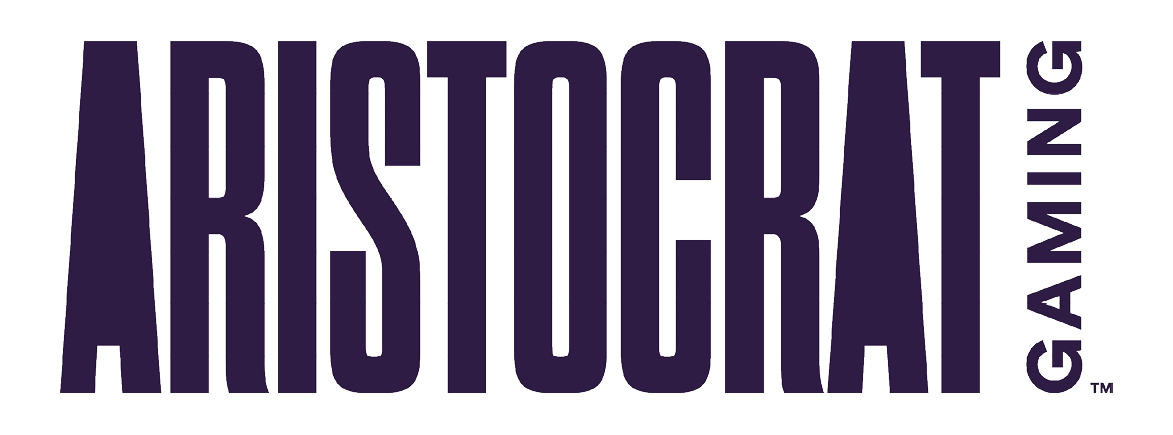Publications
Maximising Staff Happiness

Maximising staff happiness has become an ever more prevalent topic in today’s workforce. Many organisations are placing greater focus on workplace culture “hacks”, such as flexible work arrangements and team building, in the hope that they will create happy and productive staff.
Why job satisfaction matters
First off, it simply makes good business sense to regularly check in on how your employees are faring in the happiness department. Studies conducted by Gallup, Towers Watson and PwC have all found a positive link between job satisfaction and productivity, financial results, and customer satisfaction.
While it’s difficult to accurately calculate the cost of having to replace an employee, it is estimated to be as high as 150 percent of their annual salary to cover the associated recruitment, training and lost productivity costs.
Also worth considering is the fact that the average Australian full-time worker spends around 25 percent of their life working according to the Australian Bureau of Statistics. A study compiled by AMP and the National Centre for Social and Economic Modelling included an average of 4.4 hours a week commuting to and from work. That’s more than what many employees can spend with family and friends, making it crucial that employers actively encourage a workplace environment that keeps staff engaged, creative and motivated.
How can you improve employee job satisfaction?
Foremost, it’s important to find out whether employees find their job fulfilling – and what should be changed if it’s not. This can be done during their annual performance review, as part of an impromptu “catch up” meeting, or by getting employees to fill out a questionnaire. Questions can include:
- Do you find the job meaningful and challenging? Employees are more actively engaged in their work when it tests the limits of their skills, and they can see its value in the bigger picture. This is a good opportunity to find out whether the employee might benefit from being in a more challenging project or being assigned more responsibility.
- Are you happy with the training and/or mentoring we provide? Most people want to continuously grow their careers. If you can support them in their personal development goals (and provide the career opportunities they desire), there’s a greater likelihood that they will stick with your company for the long term.
- How would you rate your team? A big part of job satisfaction relates to how well people work together, so it’s important that you ask employees how they view their team’s performance. Does every member take on a fair share of the team’s tasks? How well do team members collaborate on tasks? And do they feel that team communication is always open and honest?
- How is your experience with management? There is a direct relationship between a company’s management style and the day-to-day satisfaction of its employees. “Does your manager provide the training and mentoring you need?” and “How often does your team leader reward you for doing good work?” are the types of questions that can be asked by HR staff or as part of a 360-degree feedback process.
- How often do you feel stressed? Studies have proven the link between chronic workplace stress and absenteeism, lower job performance, and even serious health issues such as depression. Sometimes stress is unavoidable. But asking this question can help you avoid “one size fits all” solutions that may work for some employees, but not others. For example, some people can feel stressed by a lack of job stability and would benefit from having a long-term career plan; others may prefer the flexibility of being able to “hop” between roles until they find one that they can resonate job satisfaction towards.
Implementing an employee’s happiness plan
Sitting with your employee to conduct a “happiness assessment” is the first step toward improving their job satisfaction. Your next step should involve making sure that the discussion is turned into action. This can entail:
- Regularly updating the employee’s career development and/or training plan
- Agreeing on a flexible work schedule that takes advantage of those times of day when the employee is most productive and engaged
- Suggesting stress-reducing activities, such as a health and fitness program or a weekly “digital detox”
- Calling a team meeting and sorting out any team-related problems that are present
- Agreeing on a date for their next job satisfaction review
The happiest employees feel supported by peers and managers, are passionate about their work, and have the tools and resources they need to be effective. Open and honest discussion with your employees is an important first step towards making these a reality.
An extract of an article by Nicole Gorton for Robert Half Talent Solutions










